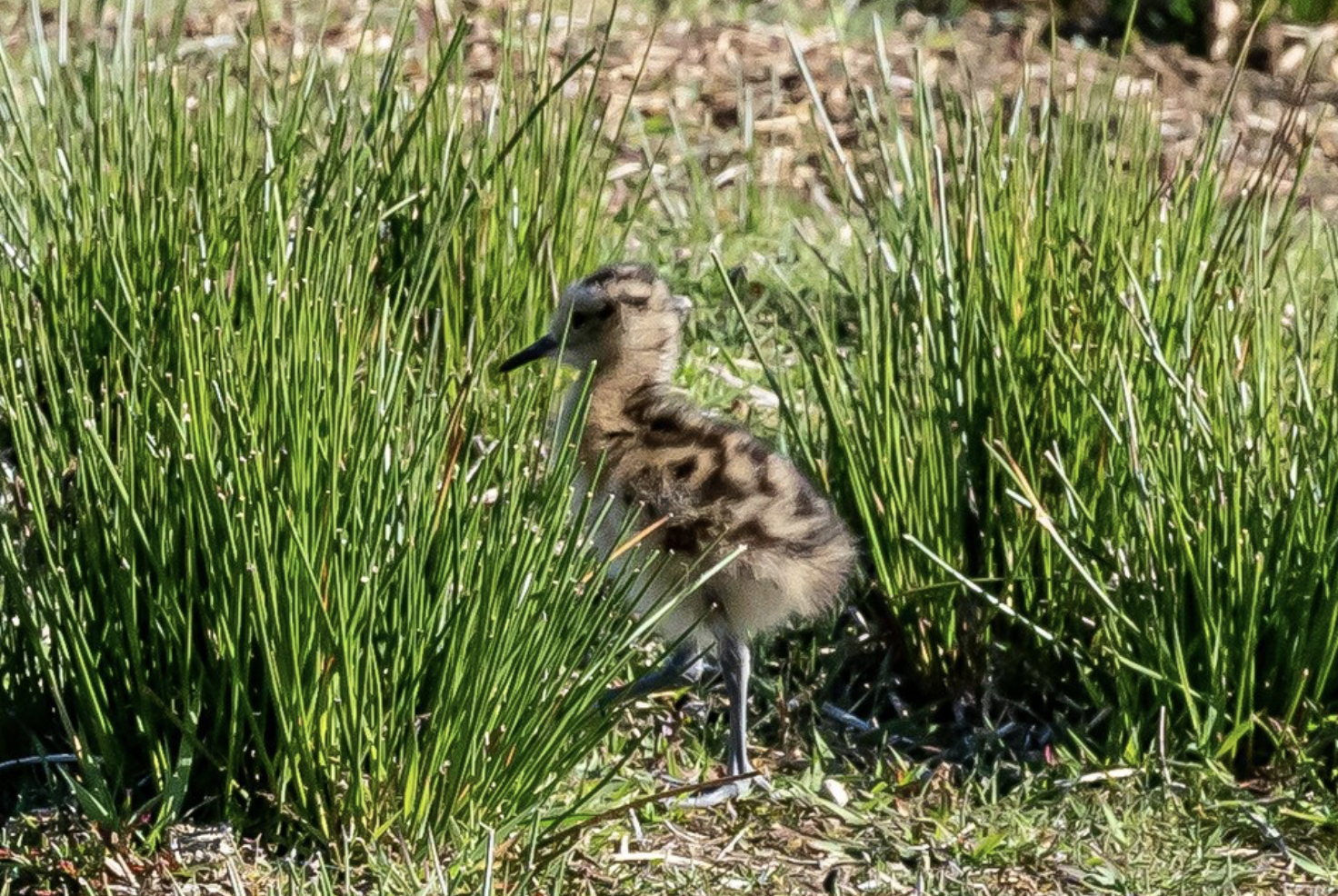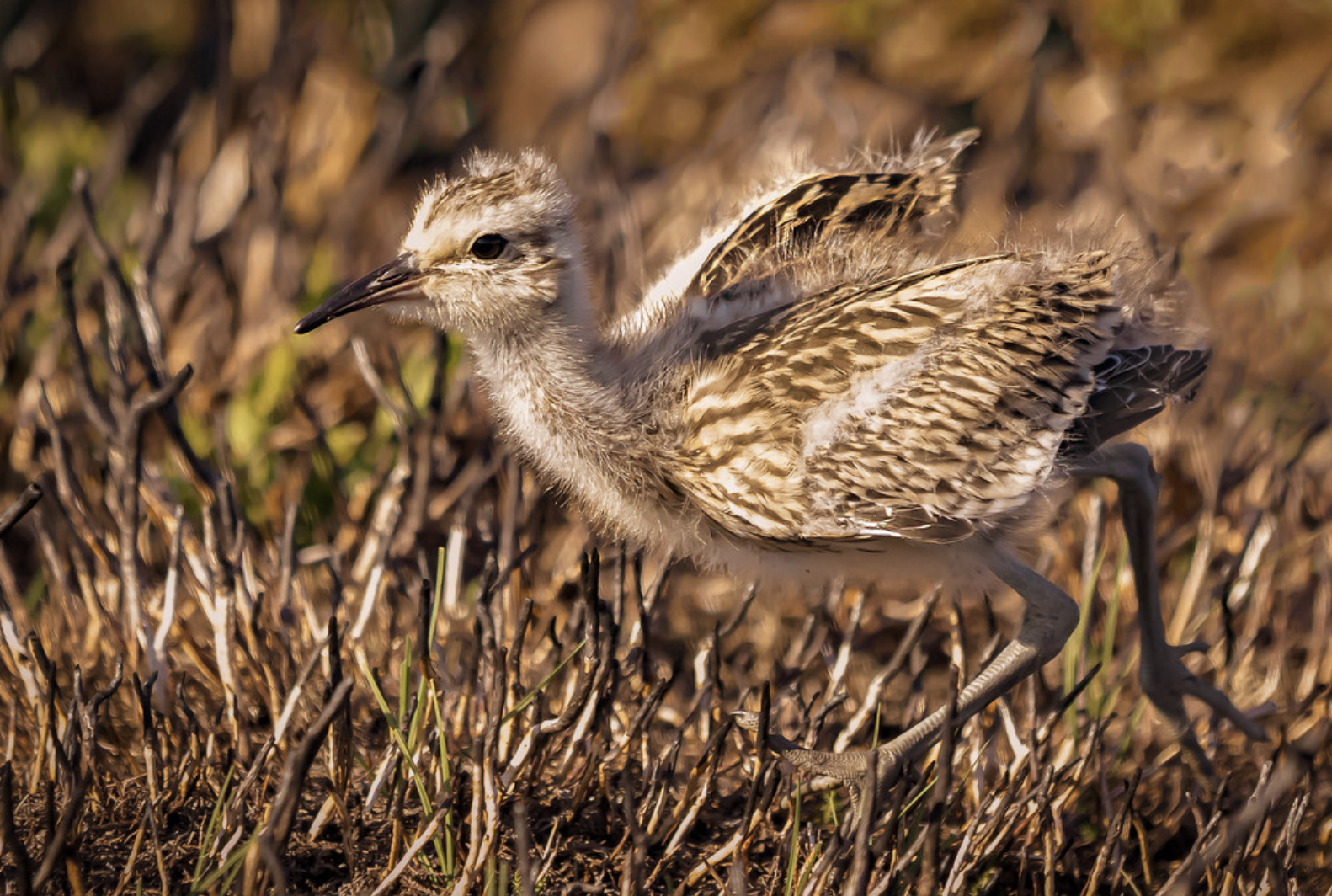Curlew on managed moors
Nidderdale Moorland Group
Our Grouse moors remain one of the last strongholds for the iconic Curlew.
A haven and a critical refuge for Curlews, the habitat management and effective predator control ensures that many red listed species, alongside the Curlew, have the best chance to not only nest, but successfully raise their chicks to fledging age.
Curlews are four times more likely to raise their chicks to fledging age on our managed moorlands.
It is estimated that we need 10,000 more Curlew chicks to fledge every year to maintain the present endangered population levels.
World Curlew Day. A day to celebrate and talk about one of our most iconic upland breeding waders.
A bird with an evocative call loved by all who live, work or visit our dale throughout the spring and summer, but sadly still a bird of the highest conservation concern, Red Listed and endangered on the IUCN Red List of Threatened Species.
We know why the Curlew is declining, we know what practical on the ground help they need, the science, reports and data already exist to show what is happening to the Curlew and other ground nesting species.
They need practical on the ground action including effective predator control, not something everyone is comfy acknowledging or dealing with, but a vital part of the 'three legged stool of conservation'.
We are lucky in Nidderdale to have a healthy population of Curlews who benefit from the work of our moorland gamekeepers and upland estates.
Working with local farmers our gamekeepers have marked vulnerable nests when meadows are due to be cut.
Effective predator control is in place and the Curlew chicks are ringed so their future movements and survival rates can be monitored.
So it was great to hear recently that one of these Curlew chicks, ringed by one of our moorland gamekeepers last summer, was recaptured alive and well in January on Roberts Island, Cork harbour, Cork, Ireland.
Hopefully this chick will return in future to Nidderdale to help keep these iconic waders in the dale for future generations to enjoy.



